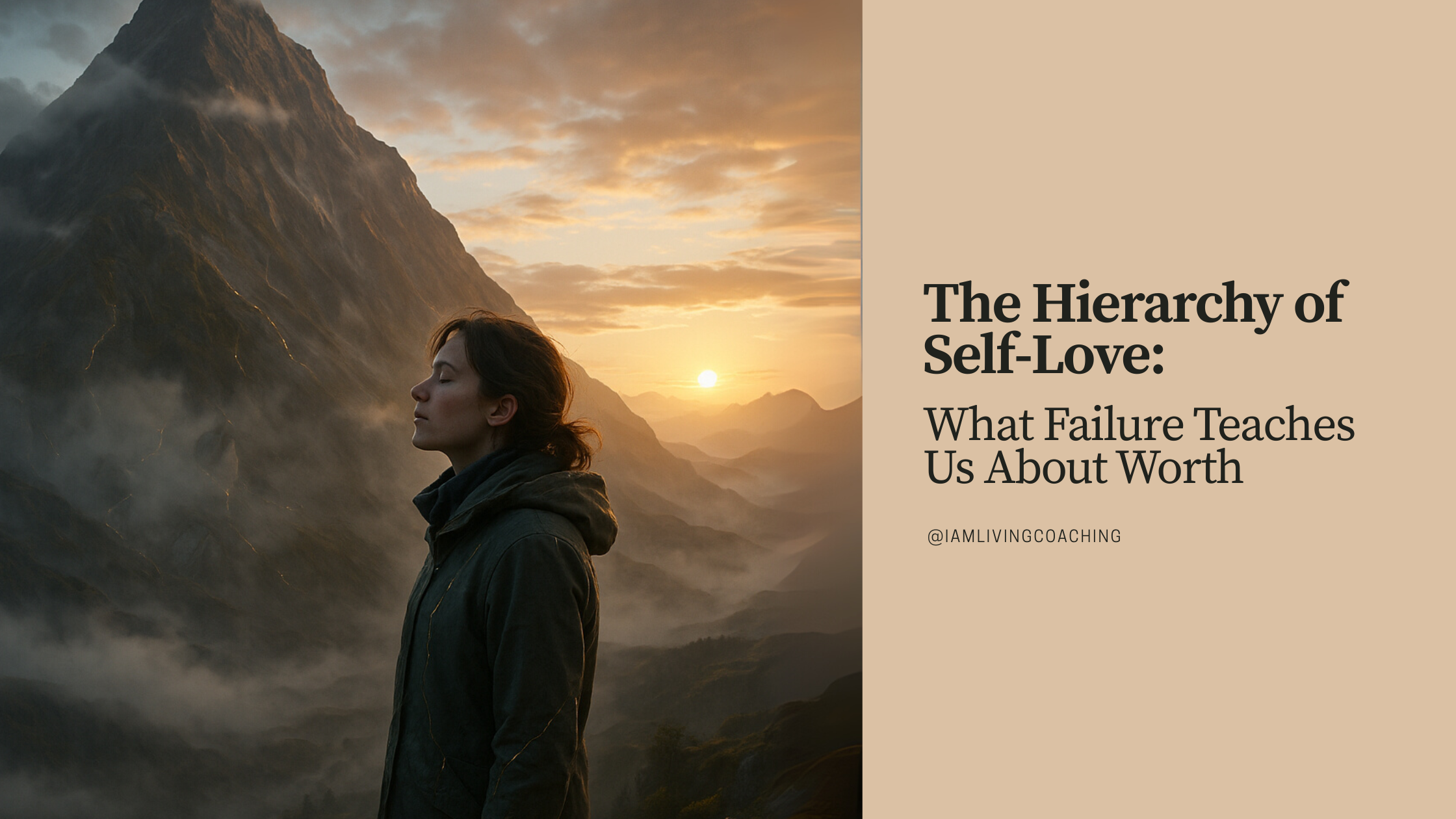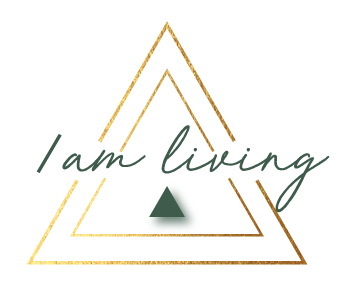
Lessons From a 5,000-Year-Old Civilization
Egypt reminded me of this:
We are always in the process of becoming.
Some parts of us endure.
Some parts evolve.
Some parts fall away to make room for the next layer.
All of it is part of the whole.

When time starts to collapse (and how to get it back)
When we move faster, time contracts.
When we move slower, time expands.
Time may not change – but your state does.
And sometimes, all it takes is a breath long enough to hear yourself again.

Dreaming Beyond Logic: The Case for Beautiful Delusion
Our brains are wired to predict based on the past.
So when we imagine something new, it feels “unrealistic” because our neural maps haven’t seen it before.
But vision is how we teach the brain a new possibility.
Faith is the bridge between imagination and evidence.

The hidden power of courage (backed by brain science)
Fear contracts.
Courage expands.
And even the smallest shift matters.

Words Create Worlds…And sometimes they quietly take our power.
The words you use shape your mindset, energy, and outcomes. Discover how shifting your language from fear to clarity can transform your leadership, focus, and results–from surviving to thriving.

